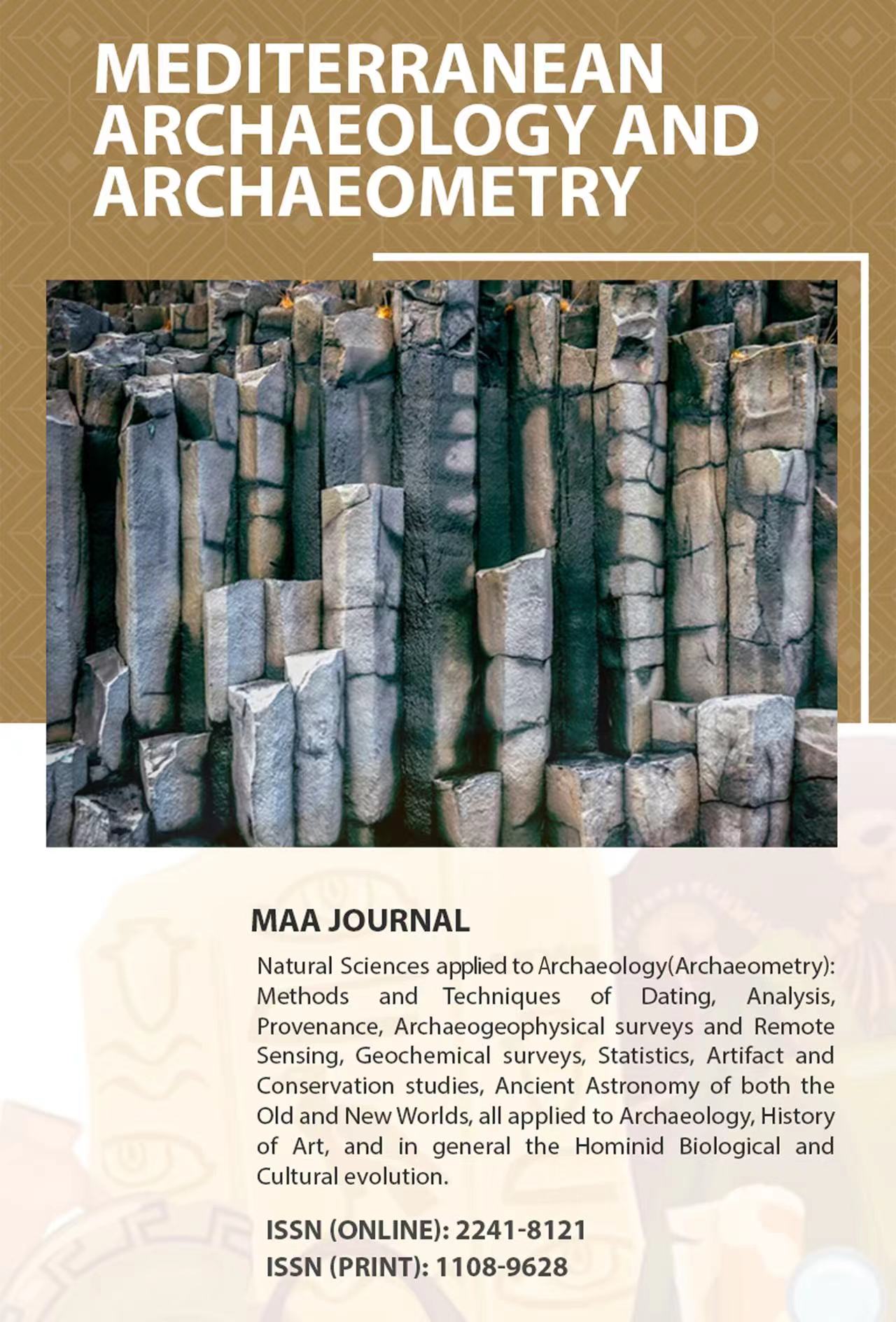The Intangible Heritage of Mogao Grottoes Mural Characteristics: Educational Role of Pattern Art and Its Impact on Art Education
Keywords:
Mogao Grottoes, Pattern Characteristics, Intangible Inheritance, Pattern Art, Design Value, Art EducationAbstract
The murals of Mogao Grottoes have a variety of different patterns, and the study of the intangible inheritance of their pattern characteristics will be conducive to the further understanding of Mogao Grottoes murals in later generations, and improve people's enthusiasm for the modern art application of Mogao Grottoes murals. To this end, this paper takes the murals of Feitian, Nine-colored Deer and Thousand Buddhas as samples, and uses the Sanyo 200 infrared scanner and Sankeng electron microscope to observe the characteristics of dye composition, pattern painting thickness and figure modeling in the murals of Mogao Grottoes, and summarizes their pattern characteristics, artistic value and intangible inheritance significance. The results showed that the dye components of the murals in the Mogao Grottoes were cinnabar, stone blue and garcinia cambogia as the main dyes, and the dye components reacted with the components in the stone wall to form a medium oxidation protective layer and improve the corrosion resistance of the murals. The dye thickness of the mural is 1~2 cm, and the dye is mostly 3 layers. The figure modeling of the mural is mainly composed of the left 1/4, the composition is biased to the right, and the lines are mainly streamlined and long. The patterns in the murals of Mogao Grottoes are mainly Buddhism and Taoism, paying attention to the integration of colors, and the figure structure is also relatively modest, which belongs to the integration of Chinese and Western cultures. Therefore, the colors in the murals of Mogao Grottoes are complex, the figures are reasonable, and the artistic connotation is profound, which promotes the development of modern art education ideas and contents.










